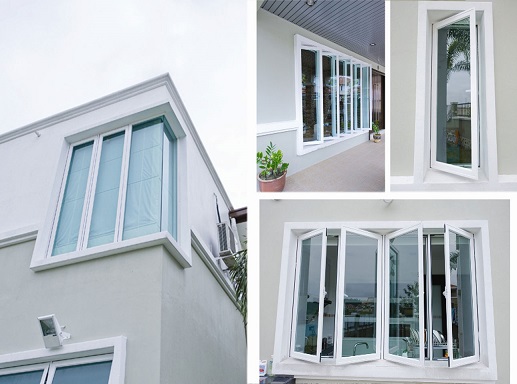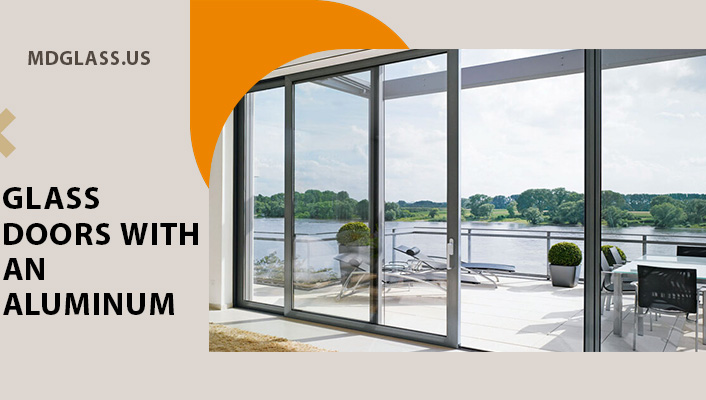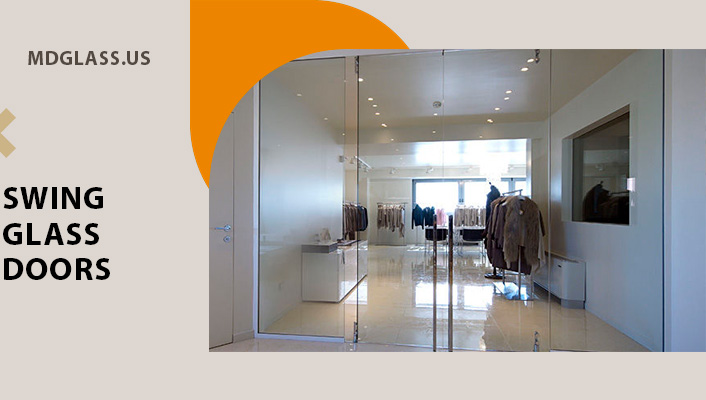The material aluminum has several advantages in window construction: In particular, large windows can be manufactured with it in a lightweight construction and still have a high level of stability and durability. The high thermal conductivity of aluminum is countered with improved composite frame constructions and heat-insulating glazing.
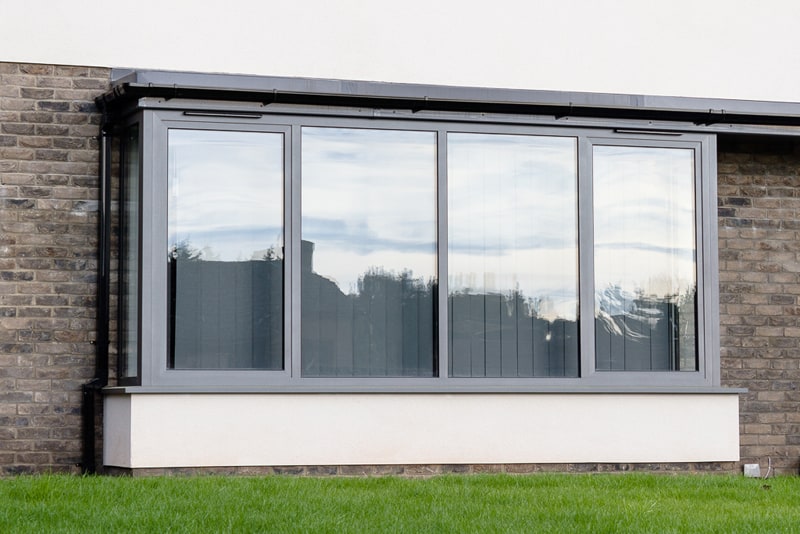
Structural properties of aluminum windows
When we talk about an aluminum window, we mean a window whose window frame is made of aluminum. Colloquially it is also called aluminum window for short. Aluminum windows are particularly advantageous in terms of statics, functionality, and design. Due to the very good static properties, large window areas can also be produced in very slim views.
Aluminum windows are generally considered to be extremely weather-resistant and stable. The light metal is easy to process and offers various design options, both in terms of the structural design of the window and its color design.
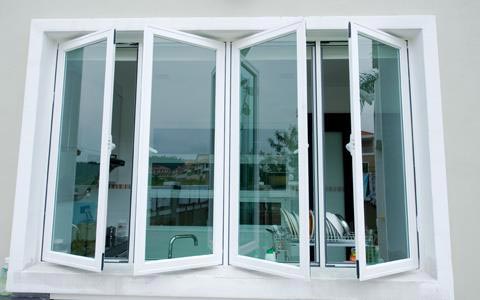
Due to its statics and attractive appearance, aluminum is often used to design large window areas.
Thermal insulation properties
In the past, aluminum window frames were made from one complete piece. Since aluminum is a more thermally conductive material, earlier aluminum windows formed a thermal bridge that caused corresponding heat losses.
For this reason, aluminum window frames are now usually composed of an outer and an inner shell in order to improve the thermal insulation of the frame. Such thermally separated aluminum window profiles have thermal insulating properties that can be compared with those of wood or plastic.
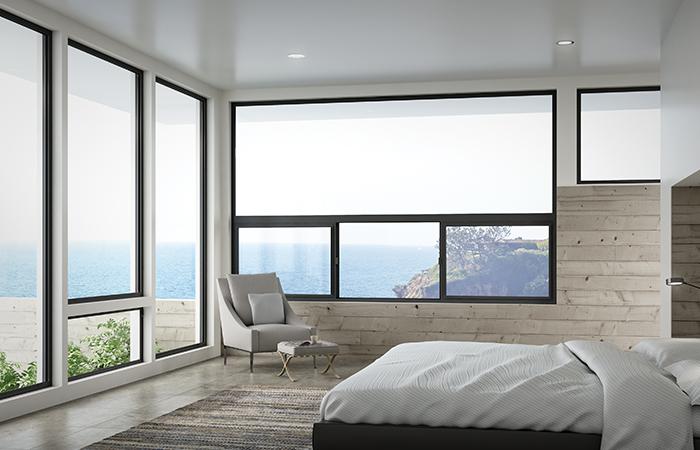
The thermal insulation effect results from the particular bivalve construction, the aluminum window profiles, which in addition with several chambers are provided, in which one air or better yet filled insulation.
Care is also taken to ensure that the profiles are built in such a way that there are thermal barriers (so-called insulation core) between the outer shell and the shell on the room side, so that there are no undesirable thermal bridges through which uncontrolled heat is lost. Aluminum profiles made in this way achieve good to very good insulation properties.
